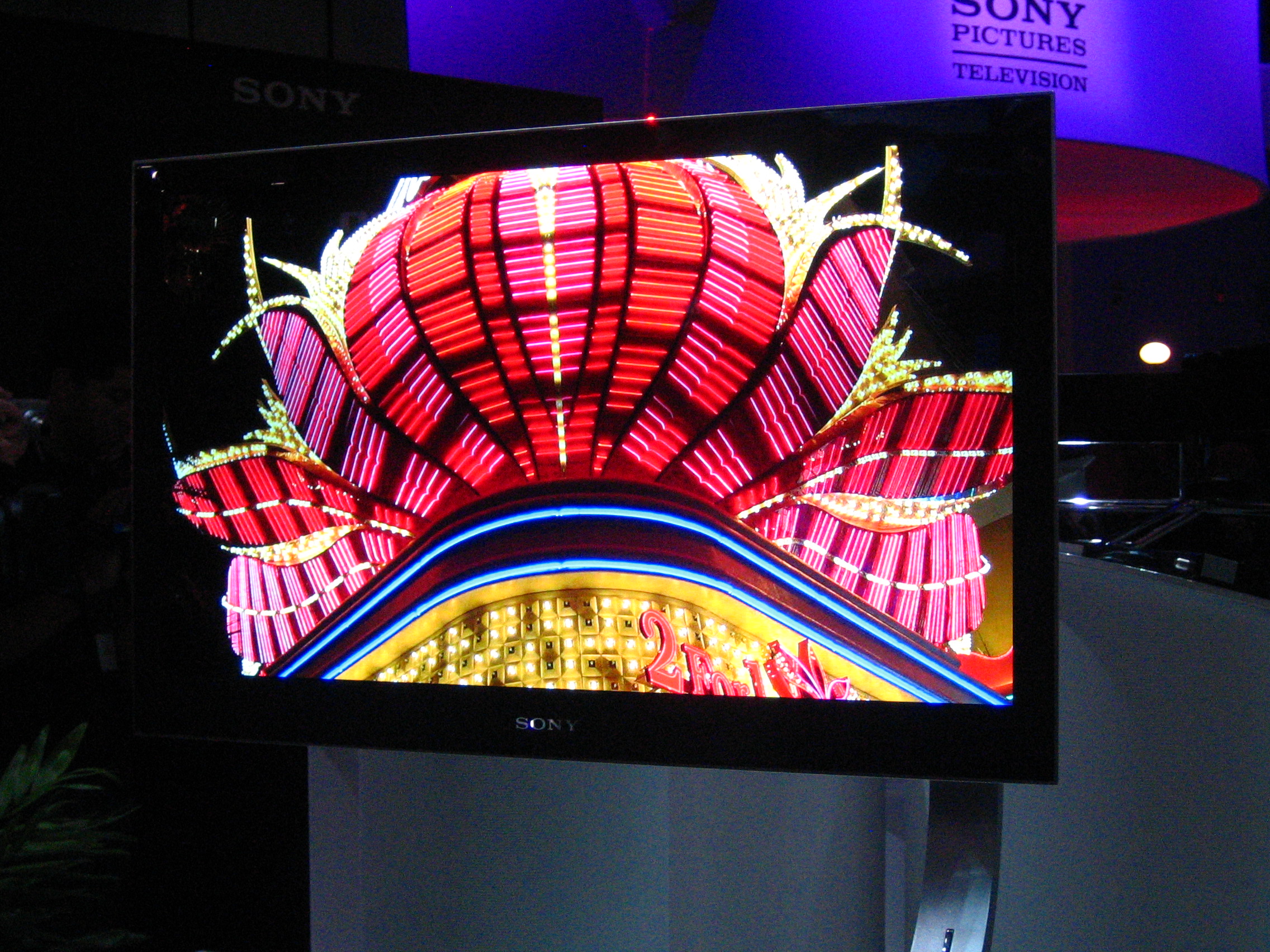Sony demos transparent, flexible OLED display
Breakthrough for emissive displays will revolutionise portable TVs, ebooks and digital newspapers

Floppy is the new stiff. A prototype bendable, transparent OLED display has been demonstrated by Sony and the Max Planck Institute, heralding the development of digital newspapers, ultra-lightweight laptops and rollable large screen TVs.
The new OLED technology is based on the upconversion of red or infrared light and has a number of advantages over today's LCD and screens.
The all-organic technology is see-through and flexible, with an almost unlimited viewing angle and high efficiency.
Like all OLED (organic light emitting diode) displays, there is no need for a backlight and response times are up to ten times faster than LCDs, meaning ultra-smooth motion without blurring.
You got to know when to hold 'em, know when to fold 'em
Previous attempts at making clear, flexible OLEDs were hampered by size and resolution limitations, and by organic componds that distorted the image when folded.
The Sony/Max Planck collaboration has overcome these problems by using unique combinations for the organic compounds within a viscous polymeric matrix.
Get daily insight, inspiration and deals in your inbox
Sign up for breaking news, reviews, opinion, top tech deals, and more.
The researchers conclude, "To the best of our knowledge we have demonstrated for the first time a versatile colour all-organic and transparent display. The displays are also flexible and have excellent brightness."
That's all very well but when can we buy one?
Mark Harris is Senior Research Director at Gartner.